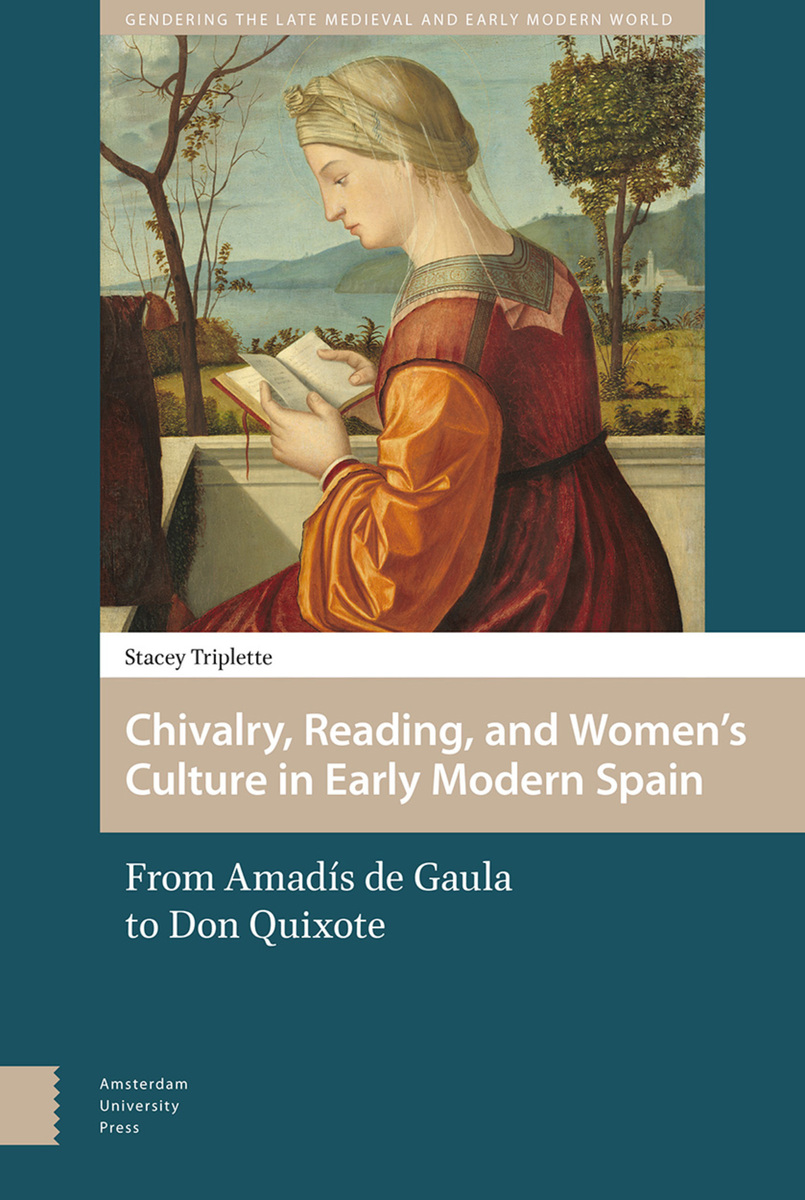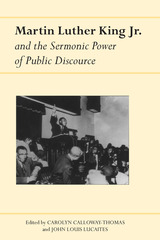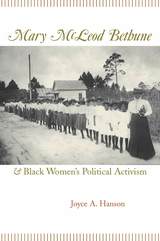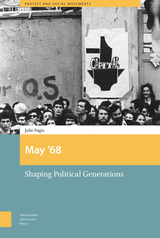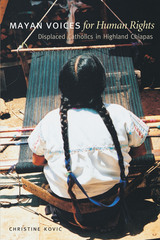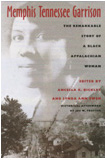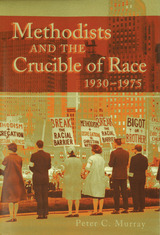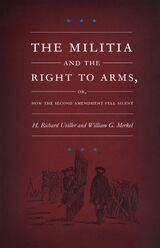Chivalry, Reading, and Women's Culture in Early Modern Spain: From Amadís de Gaula to Don Quixote
Amsterdam University Press, 2018
eISBN: 978-90-485-3664-1 | Cloth: 978-94-6298-549-0
Library of Congress Classification PQ6048.W6T75 2018
Dewey Decimal Classification 860.93522
eISBN: 978-90-485-3664-1 | Cloth: 978-94-6298-549-0
Library of Congress Classification PQ6048.W6T75 2018
Dewey Decimal Classification 860.93522
ABOUT THIS BOOK | AUTHOR BIOGRAPHY | TOC
ABOUT THIS BOOK
The Iberian chivalric romance has long been thought of as an archaic, masculine genre and its popularity as an aberration in European literary history. Chivalry, Reading, and Women’s Culture in Early Modern Spain contests this view, arguing that the surprisingly egalitarian gender politics of Spain’s most famous romance of chivalry has guaranteed it a long afterlife. Amadís de Gaula had a notorious appeal for female audiences, and the early modern authors who borrowed from it varied in their reactions to its large cast of literate female characters. Don Quixote and other works that situate women as readers carry the influence of Amadís forward into the modern novel. When early modern authors read chivalric romance, they also read gender, harnessing the female characters of the source text to a variety of political and aesthetic purposes.
See other books on: Books and reading | Classical period, 1500-1700 | Reading | Spanish literature | Women in literature
See other titles from Amsterdam University Press
